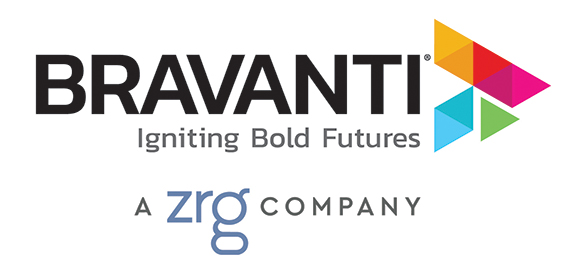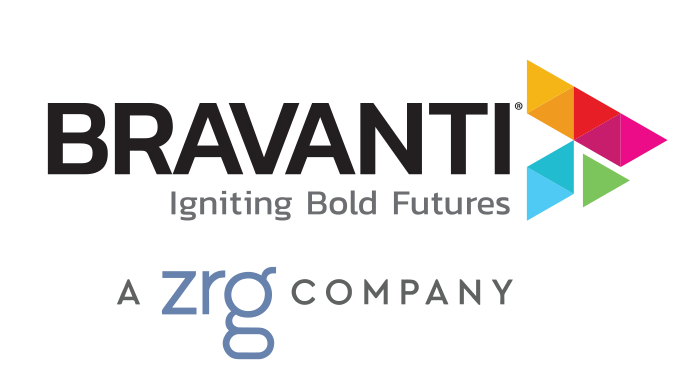When Allegion spun off from Ingersoll Rand as an IPO in late 2013, David Petratis was appointed CEO and tasked with establishing and leading the newly formed company. Today, the head of the $2.4 billion security solutions provider credits a commitment to leadership development for Allegion’s success and heralds such approaches as fostering “unfiltered conflict,” for team building and overall success.
We sat down with David recently to talk about his approach to leadership development.
Q: Can you describe at a high level your commitment to leadership development at Allegion?
DP: People at all levels of the organization want to know that they can grow, develop and thrive. At the leadership level, it’s critical to create a learning environment where skills and talent are built on both an individual and a team basis. This equips a group of leaders with the ability to develop some common language and a platform of trust. The spirit of trust we’ve created here at Allegion begins with fundamentally knowing each other. We spend significant time together as leaders, because if people understand their colleagues and their paths to leadership, we’ll all work better as a team, particularly under pressure.
Here’s an example: When Phil Jackson coached the Chicago Bulls in the 1990s, he was able to get Michael Jordan – the greatest player in the world – and his teammates to accept Dennis Rodman, despite the fact that Rodman was a bit different. Eventually the team could see that Rodman was the greatest rebounder in the history of the game, but this didn’t happen overnight. A lot of Jackson’s work took place off the court, where the Bulls got to know each other and created mutual experiences. This is an important part of leadership development that is often overlooked: investing the time to get to know each other and to be a better team.
Q: Allegion was a spinoff five years ago this December – and the execution timing was quite aggressive. As you reflect on your success, how did executive coaching and talent development play a role in the transition, and what were the results?
DP: I was recruited to come in and spin off Allegion from a large Fortune 500 company, and we had to do it in a short timeframe. In less than five months, we came in, chose team players and IPO’d the company. From day one, leadership and team development was part of the agenda. BPI Group, notably Mary Herrmann, was at the table the day I walked in the door.
We literally had to pick an operating team to manage a global business, get them working on a huge task and develop a strategy, vision, purpose and set of values for the company in less than half a year. Executive development was part of the strategy from the beginning and has been part of my approach to leading people for almost 30 years. It’s about getting teams to work at a high level – which synched up with the overall corporate strategy at Allegion.
Q: Looking back, how important was that initial work in laying a foundation for the company?
DP: We needed to bring a group of people together and build a platform of trust. Building trust begins with opening yourself up so that you’re vulnerable. You’ve got to create an environment, especially when you’re moving at a fast pace, where unfiltered conflict is easily addressed around tough issues. I think back on some of the things we faced in rapid succession after the IPO. Having that trust and comfort with conflict and holding ourselves accountable to a tight timeframe were important to our success. We took time to establish those foundations and the leadership team grew stronger as a result. We’ve continued that investment in team development, knowing each other and trying to raise our game around healthy conflict.
I mentioned the term “unfiltered conflict.” A team must be comfortable discussing the undiscussable. How do you get a team to say the pizza was burnt, the ice cream was melted — in terms of a business context? If you don’t feel comfortable talking about those issues, they percolate at the lower levels and become problems. Every time my leadership team comes together to discuss what’s on their minds, I make sure we have an unrestricted dialogue about how to improve.
Q: From what you’ve seen at Allegion and throughout your career, can you talk about the value of investing in your leadership team?
DP: Great leaders know themselves deeply and there are tools, investment and coaching that can bring out the best in them. When I talk to young people, including the 50-60 interns we have at Allegion each summer, I challenge them to see that, as their careers advance, the better they know themselves — their strengths, weaknesses and desires – the more likely they’ll be on the path to happiness.
I know that there’s going to be a percentage of the interns who just get it – and they are the ones who will rise to the top. The same can be said about leaders. The better they know themselves – how they react under pressure, how they’re wired – the better they can see problems from different perspectives and set themselves up for success. If team members understand and discuss how they’re wired and how they’ll react, it helps move teams to a higher level. I can cite several leaders — George Patton, Bill Clinton, Dwight Eisenhower – who realized that the better they understood themselves, the better leaders they became.
Q: Finally, how important is encouraging consistent leadership development across an organization’s global footprint – and what are some of the challenges in doing so?
DP: When it comes to a global footprint, I think basic problem-solving capabilities are universal. But as you move up the leadership ladder, you need to understand that conflict is viewed differently in different cultures (think Midwestern sensibilities compared with other parts of the country), as are goal setting and aspirations. While keeping in mind universal truths about certain things (such as problem solving), leaders must be sensitive to different cultural perspectives. That’s definitely a challenge.
It’s critical to encourage consistent and thoughtful leadership development, and organizations should invest in it in good times and bad. Clearly, our investment in building a strong leadership culture at Allegion can be checked against our overall results, as we’ve demonstrated strong organic growth and profitability. Additionally, our metrics on internal innovation and strong culture have continued to improve over the past five years. As organizations make investments in fostering strong leaders and teams, these are the types of metrics to watch – and to work to continuously improve.

